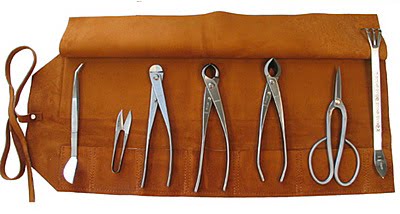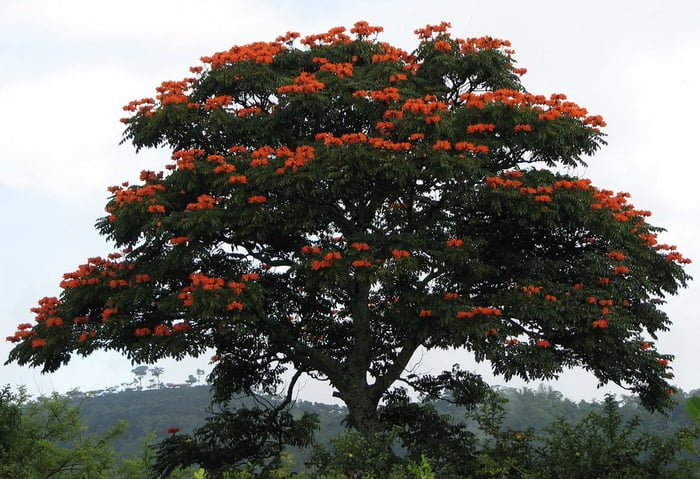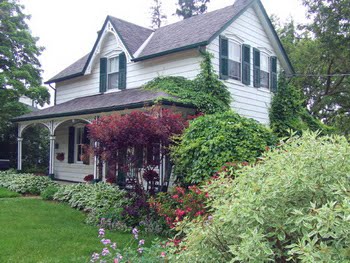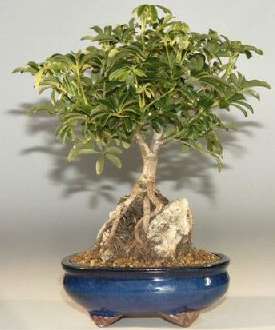The major difference between an indoor and a traditional outdoor Bonsai is that the outdoor type is hardy and can withstand winter climates, while indoor Bonsai trees are tropical – subtropical and need warmth during winter, although some indoor species can be kept outside in summer if the weather permits.
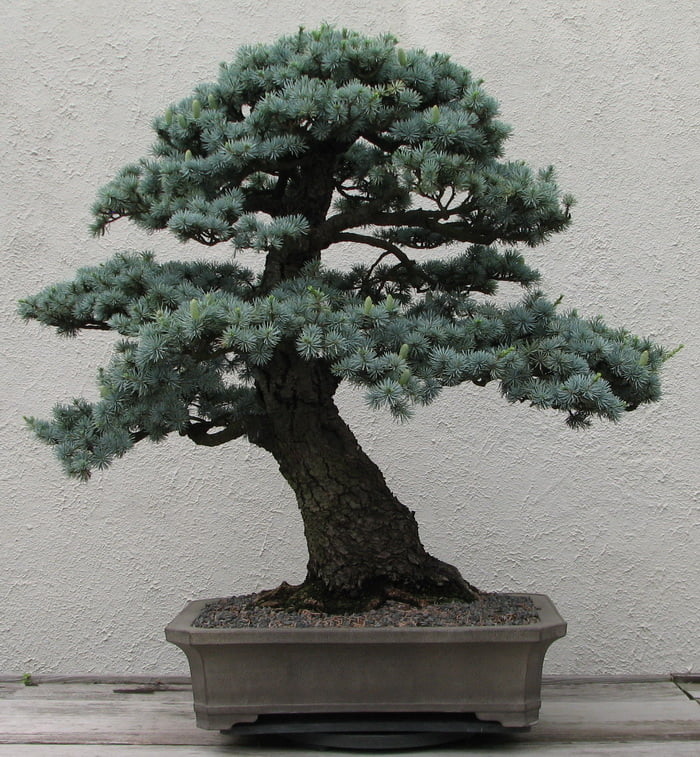
Pruning and training techniques for both indoor and outdoor Bonsai are the same. The growth of traditional outdoor Bonsai is however influenced by the different seasons.
Indoor Bonsai have a continuous growing period because temperature change is not that severe, although they grow more actively in spring and summer.
The same care must be taken in choosing and buying an indoor Bonsai as for outdoor Bonsai. Because many houseplants can be used for Bonsai, the choice to buy and modify a plant is much greater for indoor Bonsai.
This means it is much easier and less expensive to start, experiment and expand an indoor Bonsai collection. The styles are mainly the same for both types.
The growth of outdoor Bonsai is influenced by the change in seasons, which causes a balance in temperature and light intensity changes. For example, in spring a rise in temperature will be balanced by an increase of light intensity.
On the other hand indoor Bonsai are often exposed in winter to an imbalance of warm temperature and low light intensity. Plants can be selected to survive these conditions. Another option is to provide growth-inducing light.
This induced light encourages growth as well as highlighting indoor Bonsai, making them more distinctive as room features.
Whichever Bonsai type you choose, you will be captivated by them and bring great interest to your home.



